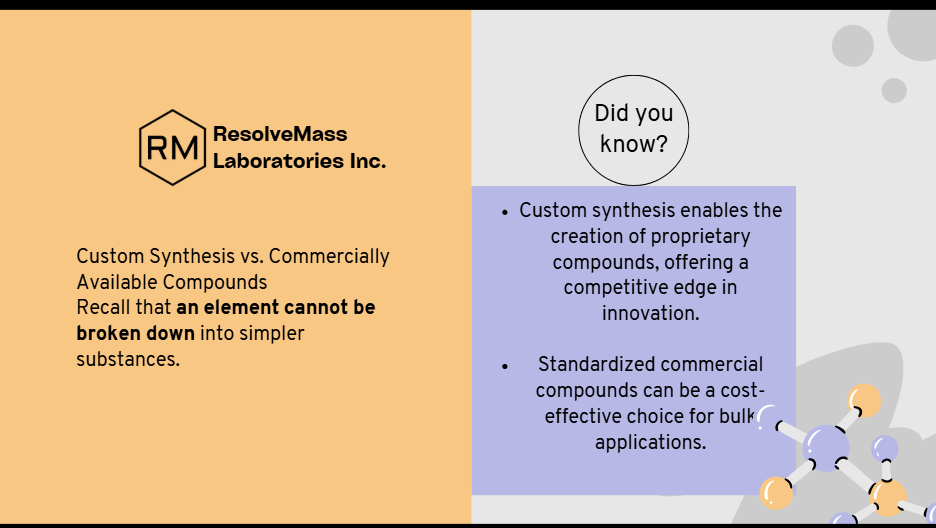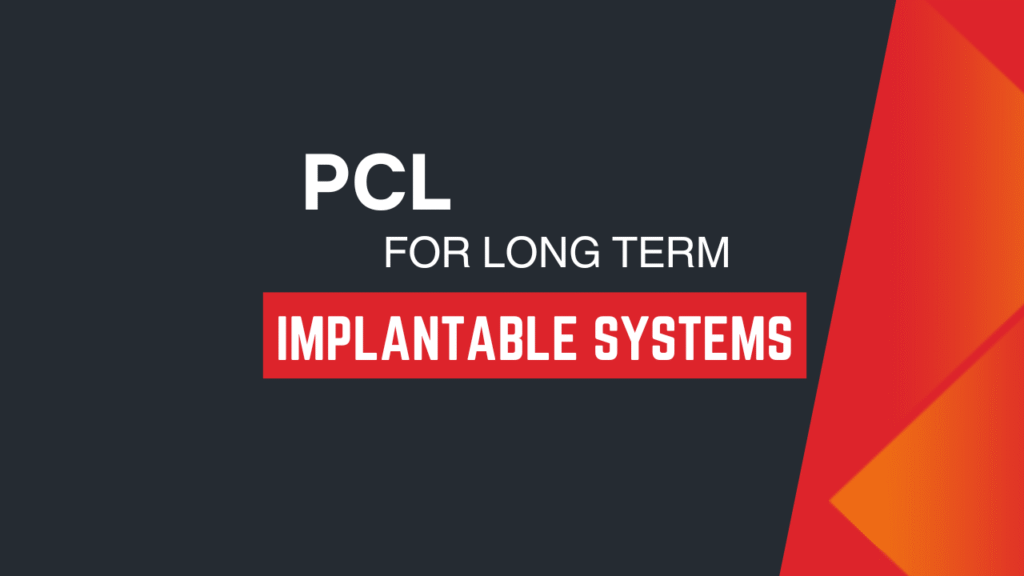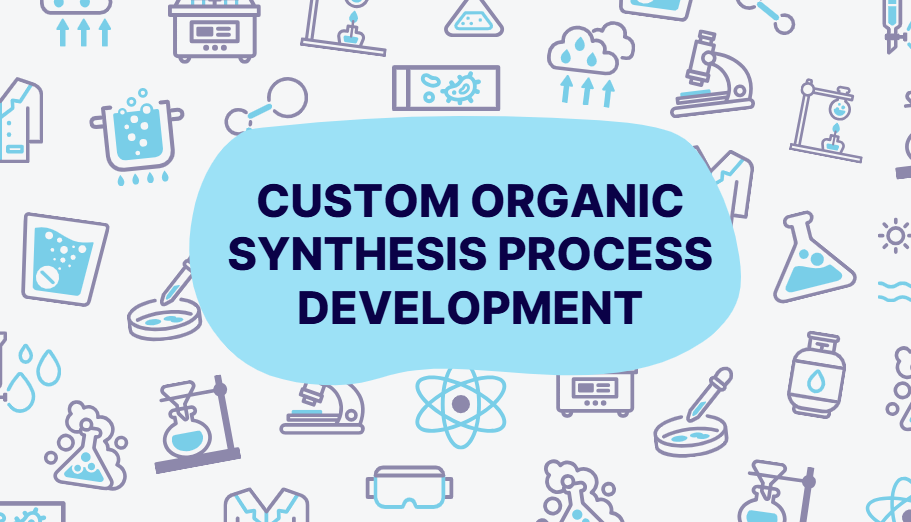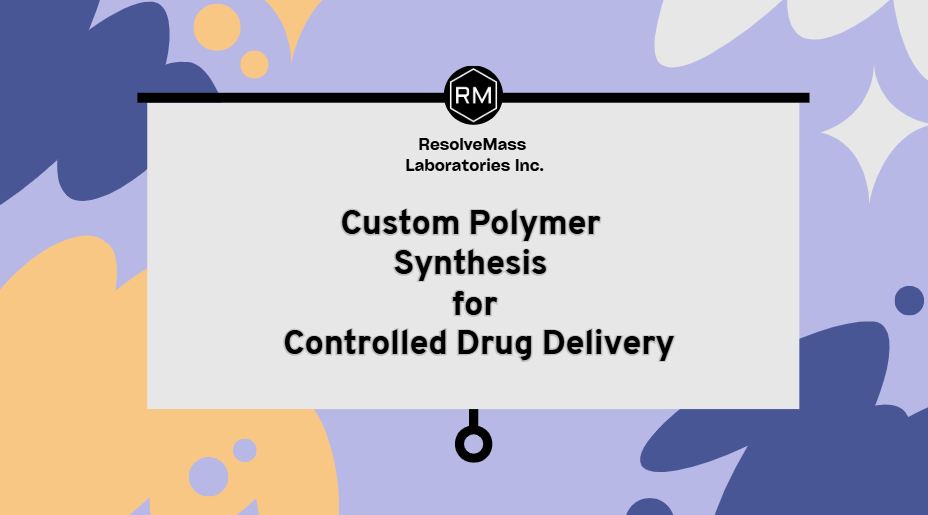
In recent years, the world has witnessed an urgent need for more sustainable and eco-friendly alternatives to traditional materials. One of the key areas that have garnered attention is the development of biodegradable polymers. These polymers not only provide a solution to plastic waste but also present an exciting opportunity for industries to innovate and meet consumer demand for sustainable products. In Canada, a country known for its focus on environmental sustainability and research, the market for custom biodegradable polymers is rapidly evolving. This blog delves into the opportunities for innovation in custom biodegradable polymers in Canada, highlighting their applications, challenges, and future prospects.
Understanding Biodegradable Polymers
Before diving into the opportunities, it’s essential to understand what biodegradable polymers are. Biodegradable polymers are materials that degrade through biological processes, such as enzymatic action, over time. Unlike traditional polymers, which can persist in the environment for hundreds of years, biodegradable polymers break down into natural substances like water, carbon dioxide, and biomass. This characteristic makes them highly attractive for use in various industries, including packaging, healthcare, agriculture, and more.
There are two primary types of biodegradable polymers:
- Natural Biodegradable Polymers: These are derived from natural sources like starch, cellulose, and proteins. Examples include polylactic acid (PLA), polyhydroxyalkanoates (PHA), and starch-based polymers.
- Synthetic Biodegradable Polymers: These are engineered polymers designed to degrade over time, such as polycaprolactone (PCL) and polyglycolic acid (PGA).
Both types offer distinct advantages depending on the intended application, but the trend toward custom biodegradable polymers is gaining momentum due to their versatility and potential for tailored solutions.
Opportunities for Custom Biodegradable Polymers in Canada
Canada is uniquely positioned to lead the way in the development and commercialization of custom biodegradable polymers. With a robust research ecosystem, strong regulatory support, and an increasing demand for eco-friendly solutions, the country presents numerous opportunities for innovation in this field.
1. Innovation in Sustainable Packaging Solutions
Packaging waste is one of the most significant contributors to environmental pollution globally. In Canada, there has been a growing demand for sustainable alternatives to conventional plastic packaging. Custom biodegradable polymers present an ideal solution to this challenge. These polymers can be tailored to meet the specific needs of various packaging applications, including food packaging, single-use containers, and protective materials.
Custom biodegradable polymers allow for the development of packaging materials that maintain the strength and durability of conventional plastics while offering the advantage of biodegradability. Additionally, they can be engineered to degrade at different rates depending on environmental conditions, making them highly versatile for different applications.
Research and innovation in Canada are driving the development of custom biodegradable polymers for packaging that are not only sustainable but also cost-effective. Companies are exploring ways to scale up production while maintaining high performance, a key challenge in the packaging industry.
2. Healthcare and Medical Applications
The healthcare industry is one of the most promising sectors for the application of custom biodegradable polymers. Biodegradable polymers are already used in a variety of medical devices and applications, including drug delivery systems, wound dressings, and surgical sutures. However, the potential for innovation is far from realized.
Custom biodegradable polymers offer the opportunity to design materials with specific mechanical properties, degradation rates, and biocompatibility profiles. This is particularly important for applications such as tissue engineering, where polymers need to support cell growth and then degrade as the tissue regenerates.
In Canada, research institutions and companies are working to develop biodegradable polymers that can be used in drug delivery systems for targeted therapies, reducing the need for invasive procedures and improving patient outcomes. Moreover, the development of biodegradable implants and scaffolds for tissue engineering could revolutionize regenerative medicine.
3. Agricultural Applications
The agricultural sector can greatly benefit from custom biodegradable polymers, particularly in the development of controlled-release fertilizers, biodegradable mulch films, and seed coatings. These polymers can help reduce the environmental impact of agricultural practices by minimizing the use of non-biodegradable materials that contribute to soil pollution.
Custom biodegradable polymers can be tailored to degrade at specific rates based on environmental conditions such as temperature, moisture, and soil composition. This allows for more efficient and targeted applications of fertilizers and pesticides, reducing waste and improving crop yields.
Canada’s agricultural industry is increasingly focused on sustainable practices, and custom biodegradable polymers provide an excellent opportunity for innovation in this space. By incorporating these materials into everyday agricultural products, the industry can significantly reduce its environmental footprint while maintaining productivity.
4. Environmental Cleanup and Waste Management
Canada is known for its commitment to environmental protection, and biodegradable polymers offer innovative solutions for waste management and environmental cleanup. Custom biodegradable polymers can be designed for use in products like oil spill cleanup materials, biodegradable packaging, and waste containment solutions. These materials are particularly valuable in applications where traditional plastics are a significant source of pollution.
For example, biodegradable polymers can be used in the creation of biodegradable mats that break down in the presence of oil or other pollutants, effectively aiding in environmental cleanup efforts. Furthermore, the use of biodegradable polymers in waste containment systems can help reduce the long-term environmental impact of landfills.
5. Energy and Biofuels
Custom biodegradable polymers also offer promising applications in the energy sector. For instance, research is underway to develop biodegradable polymers for use in biofuel production. These materials could serve as bio-based alternatives to petroleum-based polymers, offering an eco-friendly solution to the energy industry’s growing demand for renewable resources.
Custom biodegradable polymers can also be used to design advanced batteries and energy storage devices that degrade in a controlled manner after their useful life, reducing electronic waste and contributing to a circular economy.
6. Collaboration and Investment in Research
Canada has a rich ecosystem of research institutions, universities, and private companies dedicated to advancing the development of biodegradable materials. Collaboration between these entities is key to driving innovation in custom biodegradable polymers. Funding from government initiatives, such as the Canadian Green Fund, is further fueling research in this area.
Innovative startups in Canada are taking a proactive approach to custom biodegradable polymer development, exploring new feedstocks, refining production processes, and designing novel applications for biodegradable polymers. The private sector’s investment in sustainable materials is crucial for accelerating the commercialization of these products and making them accessible to a broader range of industries.
7. Policy Support and Regulatory Framework
The Canadian government has introduced various policies and initiatives aimed at supporting the development of sustainable materials, including biodegradable polymers. These policies are designed to encourage innovation, reduce waste, and address environmental challenges. For example, Canada’s Zero Plastic Waste Initiative is an effort to eliminate plastic pollution by 2030, which directly benefits the market for biodegradable alternatives.
The regulatory framework around biodegradable polymers is evolving, and Canadian companies are well-positioned to benefit from this support. Innovations in biodegradability testing, certification processes, and labeling standards will continue to drive the growth of this sector in Canada.
Challenges in Developing Custom Biodegradable Polymers
Despite the numerous opportunities, the development of custom biodegradable polymers in Canada is not without its challenges. One of the primary hurdles is the cost of production. Biodegradable polymers, particularly those made from renewable resources, can be more expensive to produce compared to traditional plastics. As a result, companies must focus on scaling up production and reducing costs to make biodegradable polymers a competitive option in the market.
Another challenge is the need for improved performance characteristics. While biodegradable polymers are environmentally friendly, they often do not match the strength, durability, and processing ease of traditional plastics. Ongoing research is focused on overcoming these limitations by developing advanced materials that are both biodegradable and high-performing.
Lastly, the widespread adoption of biodegradable polymers in industries such as packaging and healthcare will require consumer education and industry-wide collaboration. Efforts to educate consumers about the benefits of biodegradable materials and to establish clear standards for product labeling will be essential for fostering widespread adoption.
REFERENCES
- Lindström T, Aulin C. Market and technical challenges and opportunities in the area of innovative new materials and composites based on nanocellulosics. Scandinavian Journal of Forest Research. 2014 May 19;29(4):345-51.
- Moshkbid E, Cree DE, Bradford L, Zhang W. Biodegradable alternatives to plastic in medical equipment: current state, challenges, and the future. Journal of Composites Science. 2024 Sep 1;8(9):342.
- Mohanty AK, Vivekanandhan S, Pin JM, Misra M. Composites from renewable and sustainable resources: Challenges and innovations. Science. 2018 Nov 2;362(6414):536-42.
Opportunities for Innovation
Unlocking the Secrets of Complex Formulations
Get Started with Your Project
The Science Behind Nitrosamine Degradation Pathways: What Every Formulation Scientist Should Know
Summary of Key Insights Nitrosamine degradation pathways govern the chemical fate of nitrosamines during formulation,…
Why Pharmaceutical Companies Choose ResolveMass for PLGA Poly(lactic-co-glycolic acid) Supply
Introduction: The Core of PLGA Supplier Benefits Pharmaceutical innovators often choose ResolveMass Laboratories Inc. because…
Pharmaceutical PLGA Poly(lactic-co-glycolic acid) Packaging, Storage, and Shipping Conditions
Summary of the Article Learn the specific pharmaceutical-grade PLGA packaging conditions essential to maintain polymer…
Optimizing Drug Loading Efficiency in PLGA Poly(lactic-co-glycolic acid) Microspheres and Implants
Introduction PLGA drug loading represents a critical parameter in developing controlled-release pharmaceutical formulations using poly(lactic-co-glycolic…
Customizable PLGA Poly(lactic-co-glycolic acid) Copolymers: Tailoring End Group, MW, and Composition
🔍 Summary – Key Takeaways Customizable PLGA Copolymers enable precise control over degradation kinetics, mechanical…
Polycaprolactone (PCL) for Long-Term Implantable Systems — Grade Specifications
🧭 Introduction Selecting a reliable PCL Excipient Supplier is one of the most important decisions…







